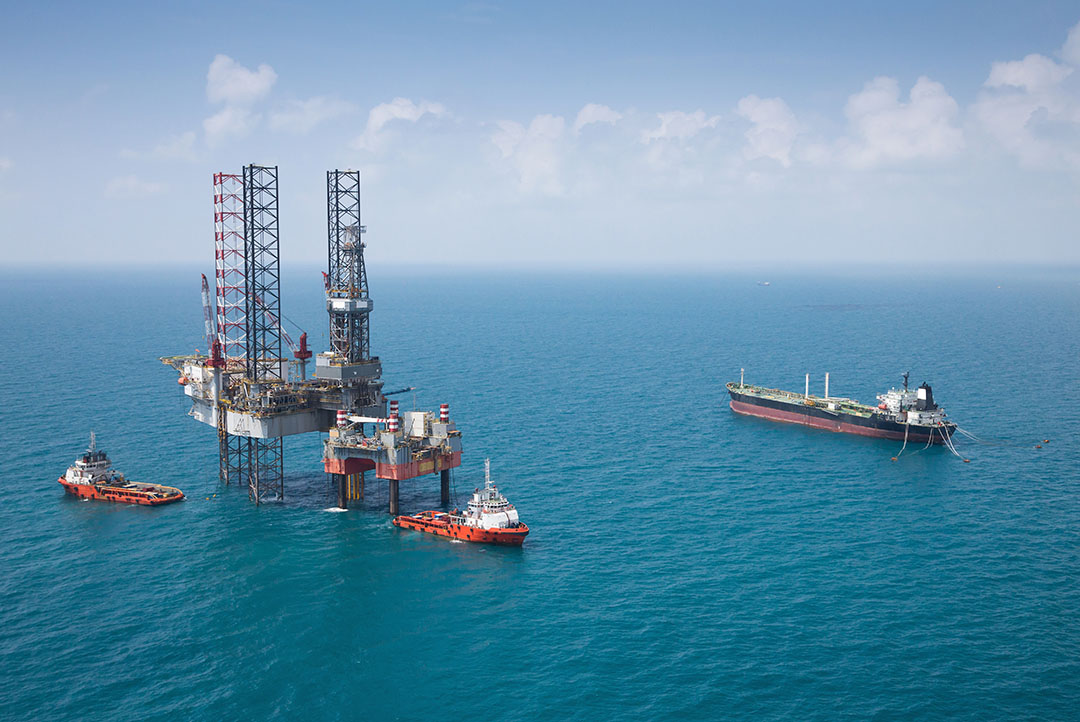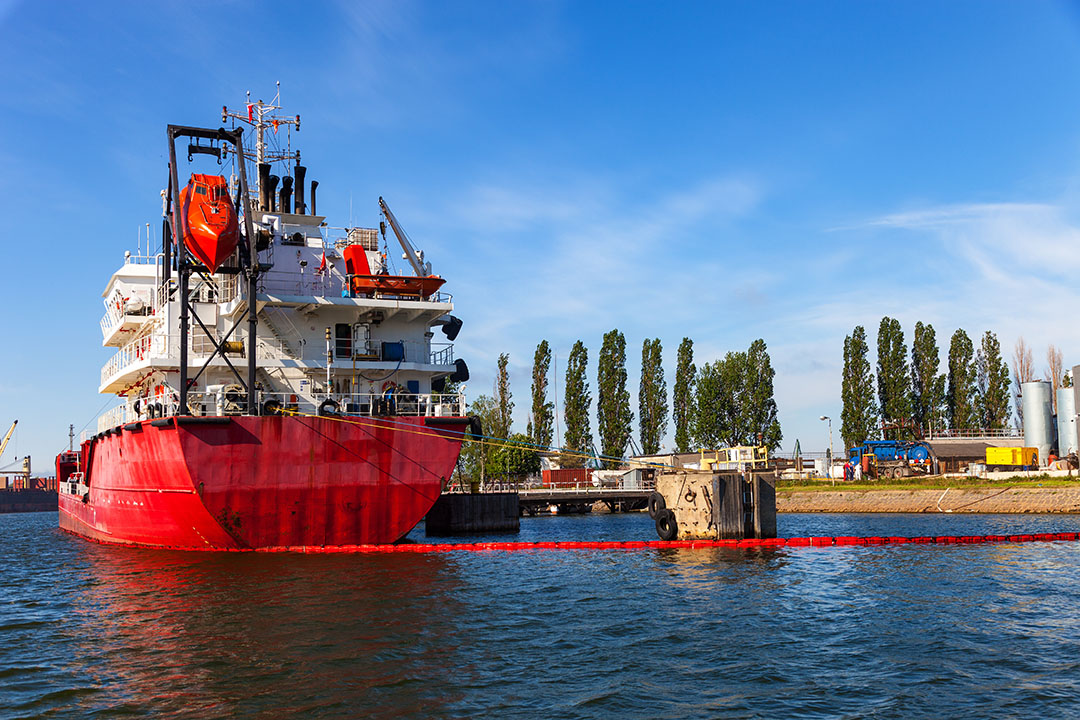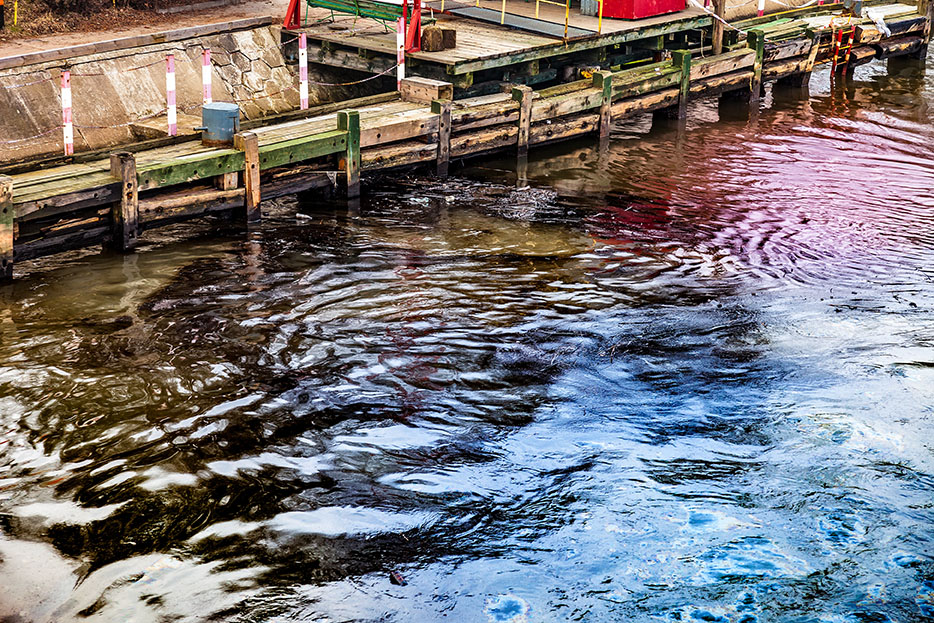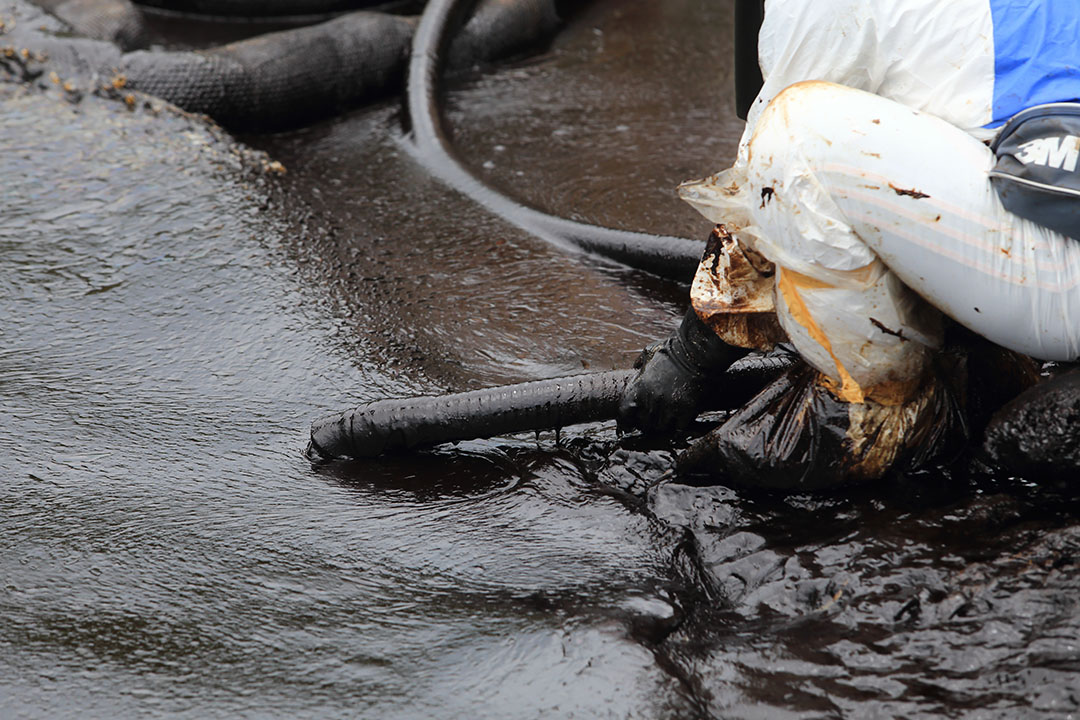Reducing, or completely avoiding, the creation and release of waste that puts the environment and people at risk is essential for any facility that handles and transports oil. However, accidents do happen. To help prevent and combat oil spills, the National Oil Spill Preparedness and Response Regime, commonly referred to as the Regime, requires all Canadian oil handling facilities to have an Oil Pollution Emergency Plan (OPEP) in place.
Oil Pollution Emergency Plans

An oil handling facility (OHF) is any facility used in the loading or unloading of oil to or from ships. It is the responsibility of any operator of an OHF to have all the necessary equipment, plans and trained employees in case of a spill. The oil pollution emergency plan of your OHF should be accessible to all employees at all times, and all facility personnel should be trained on its contents. The OPEP is there so that, in the event of an emergency, everyone involved knows the required reporting and response procedures.
Your OPEP will be unique to your facility. When producing the OPEP, you need to consider the surroundings, such as weather patterns and geographic features, as well as the equipment available at the facility. You should also include a description of the procedures required during an oil spill and the facility equipment and resources to be used during cleanup.
In order to prepare your employees for a number of situations, possible oil pollution scenarios and their appropriate responses should be outlined in the OPEP. The federal emergency number to call to report the spill also needs to be in the plan.
Stopping leaks and spills from happening in the first place is the best way to protect the environment from dangerous chemicals or liquids. Limiting spills also saves your facility or company money because you will spend less on product waste and cleanup. General examples of spill prevention include installing splash guards around equipment and installing leak detection equipment so you will know a leak is happening, even if it is a small one. Overflow alarms and automatic shut-off valves can cut down on spillage as well.
Spill Control Measures and Countermeasures

In addition to an emergency plan, all OHFs must also have an oil pollution prevention plan (OPPP) in place to ensure everyone on site is aware of the risk factors for an oil spill. An OPPP will identify any threats associated with your facility’s activities and the risks these activities pose to the environment. It should include information on how to reduce the chance of an oil spill, appropriate lighting for nighttime operations and communication procedures between ships and your facility.
Like an OPEP, the OPPP will be unique to your facility because it must be tailored to each individual facility’s equipment and geographical area. It is important to remember that, while there might be some overlap, the OPPP and the OPEP are two separate plans.
If an oil spill should happen, there are multiple parties involved in the cleanup, each with their own responsibilities. The Canadian Coast Guard (CCG) is tasked with making sure the cleanup happens quickly and efficiently. In the event of an oil spill, the CCG will appoint a Federal Monitoring Officer, or FMO, who will ensure the response is appropriate, efficient and timely. It is the CCG’s responsibility to minimize pollution damage. They have their own National Response Plan to identify how they will manage the spill.
Want to view more SafetySkills courses?

There are two main government bodies involved in oil spill prevention and cleanup:
- Transport Canada manages the Regime and inspects oil handling facilities, checking OPPPs, OPEPs and training activities. If there is a spill, Transport Canada will help the CCG by providing technical expertise and advice.
- Environment Canada chairs the Regional Environmental Emergency Team, or REET. During a pollution incident, this team will communicate with the Federal Monitoring Officer to provide environmental advice.
Additionally, response organizations (ROs) are private organizations certified by the Minister of Transport. ROs respond to an oil spill with equipment and a spill management team to assist with cleanup. There are four certified ROs in Canada, each responsible for a different geographical area. It is your responsibility to have a partnership with the applicable RO and to alert that RO in the event of a spill.
If a spill does happen, the following steps should be taken:
- Stop all loading and unloading operations
- Operations cannot be restarted if they would interfere with cleanup
- Contact the nearest regional Canadian Coast Guard station
- Appoint an on-site commander and have them contact the designated RO
- The RO will send equipment and a spill management team
The Regime enforces a “polluter pays” principle, so if you and/or your facility are at fault, it is your responsibility to pay all costs associated with the spill, such as the emergency response and the environmental recovery. It is also your responsibility to manage the response.
If there is a spill, many potential effects must be taken into consideration. The priorities of an oil pollution incident are:
- Ensure the safety of employees, the facility and the surrounding community
- Prevent fire and explosion
- Reduce the effects of the spill
- Report the incident
- Manage the environmental impact of the spill
- The REET will provide the on-site commander with scientific advice on the best and most appropriate methods for cleanup
Conclusion
Facilities that handle oil need to take great care to protect themselves and the environment from a spill. Having an OPEP will help you prevent an oil spill in first place. If a spill does happen, an OPPP should be in place so everyone at the facility knows how to handle the situation quickly and properly.
Completing a training course, such as the Spill Prevention/Control/Countermeasures for Canada course from SafetySkills, can help you identify the basic components of OPEPs and OPPPs and will introduce employees to spill countermeasures.


